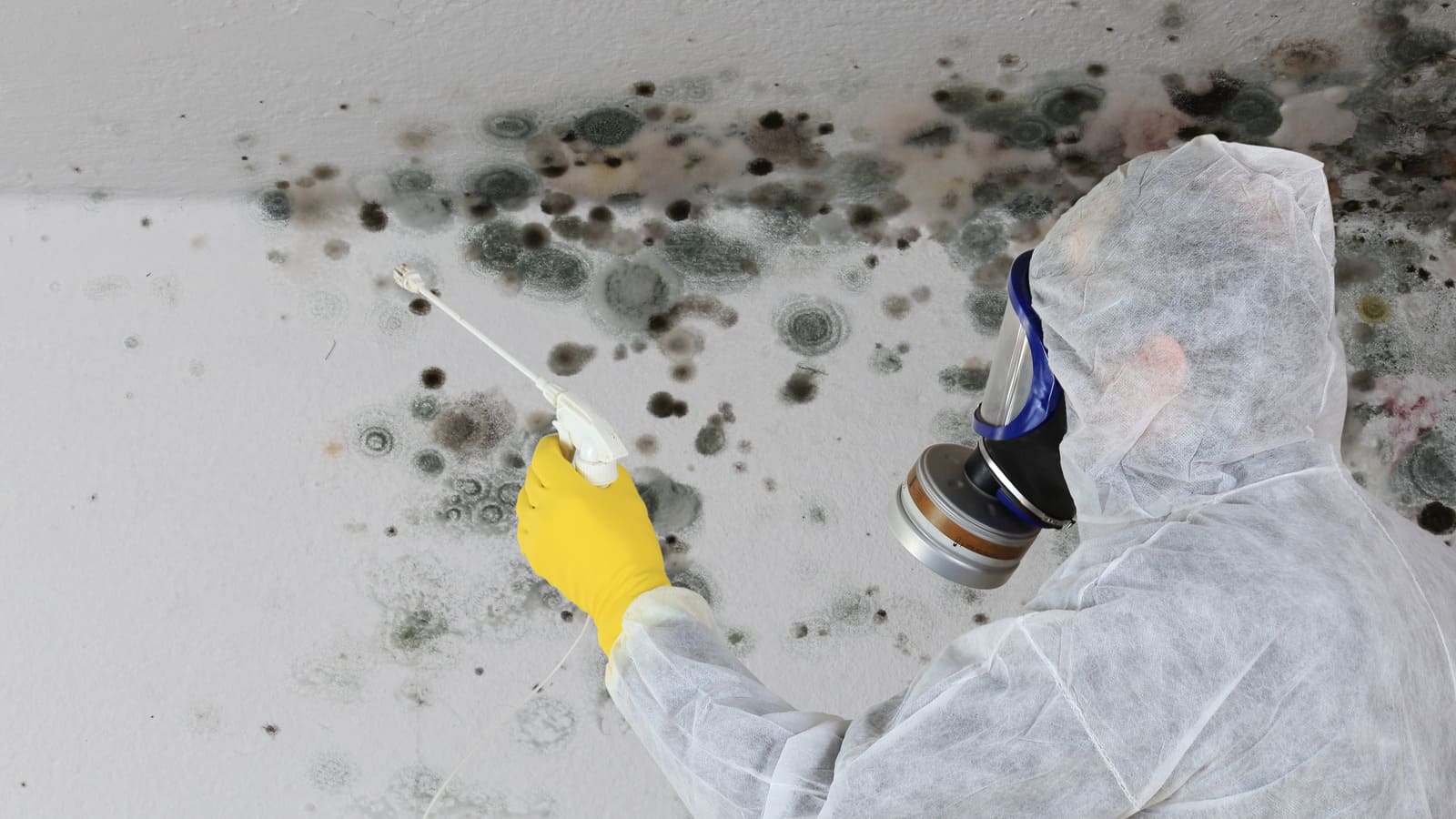

Articles
How To Clean Mold Off Basement Walls
Modified: February 24, 2024
Learn effective methods to clean mold off basement walls in this informative article. Discover expert tips and tricks for a mold-free environment.
(Many of the links in this article redirect to a specific reviewed product. Your purchase of these products through affiliate links helps to generate commission for Storables.com, at no extra cost. Learn more)
Introduction
Mold growth on basement walls can be a common problem for homeowners. Not only does it look unsightly, but it can also have detrimental effects on the health of those living in the house. If left unaddressed, mold can spread quickly and cause respiratory issues, allergies, and other health problems.
In order to maintain a safe and healthy living environment, it is crucial to tackle mold growth on basement walls promptly and effectively. This article will provide you with a comprehensive guide on how to clean mold off basement walls and prevent its recurrence.
Before we dive into the cleaning process, it is important to understand the nature of mold and how it develops on basement walls. Mold is a type of fungus that thrives in damp and humid conditions. Basements are particularly susceptible to mold growth due to their naturally high moisture levels and lack of ventilation. Moisture can seep into the walls through leaks, condensation, or flooding, creating an ideal environment for mold spores to flourish.
To ensure your safety during the mold removal process, we will also discuss the necessary safety precautions. Mold spores can trigger allergic reactions and respiratory problems when inhaled, so it is essential to take proper measures to protect yourself and minimize exposure.
Furthermore, we will outline the supplies you will need to effectively clean mold off basement walls. By gathering the right tools and cleaning solutions, you can ensure that the process is efficient and successful.
Once you have prepared your supplies, we will provide you with a step-by-step guide on how to clean mold off basement walls. Following these instructions will help you effectively remove the mold while minimizing the risk of spreading spores to other areas.
Finally, we will discuss preventive measures to help you avoid future mold growth in your basement. By addressing the root causes of moisture and implementing preventive strategies, you can maintain a mold-free environment in your home.
Now that we have set the stage, let’s delve into the process of cleaning mold off basement walls and ensuring a healthy living space for you and your family.
Key Takeaways:
- Understanding the nature of mold and its causes on basement walls is crucial for effective removal. Implementing preventive measures and addressing moisture issues promptly can help maintain a mold-free environment.
- Prioritizing safety precautions, gathering the necessary supplies, and following a systematic cleaning process are essential for effectively removing mold off basement walls. Regular maintenance and vigilance can prevent future mold growth.
Read more: How To Clean Mold Off Siding
Understanding Mold on Basement Walls
Mold growth on basement walls is a common issue faced by many homeowners. Understanding the characteristics of mold and its causes will help you better manage and prevent its recurrence.
Mold is a type of fungus that reproduces by releasing spores into the air. These spores are tiny and can easily become airborne, allowing them to spread and settle on various surfaces. When mold spores encounter a damp or humid environment, they can start to grow and form colonies.
Basements provide an ideal breeding ground for mold due to their typically high moisture levels. This can be caused by various factors such as leaks, seepage, condensation, or flooding. Moisture can penetrate the walls and create a damp environment that promotes mold growth.
When mold starts to grow on basement walls, it typically appears as black, green, or brown patches. However, mold can also manifest in other colors, such as white or yellow. The appearance of mold can vary depending on the type of mold and the conditions in which it grows.
Besides the unsightly appearance, mold on basement walls can have detrimental effects on both the structural integrity of your home and the health of its occupants. Mold can weaken the walls over time, leading to potential structural damage. Additionally, exposure to mold can cause respiratory issues, allergies, and other health problems, particularly for individuals with compromised immune systems or respiratory conditions.
To effectively address the mold problem in your basement, it is important to identify and correct the underlying causes of moisture. This may involve fixing leaks, improving ventilation, or using dehumidifiers to reduce humidity levels. By controlling the moisture levels, you can significantly decrease the likelihood of mold growth.
In some cases, it may be necessary to seek professional help, especially if the mold growth is extensive or if you are unsure of the underlying cause of moisture. A professional mold remediation specialist can assess the situation, identify the source of the moisture, and provide expert advice and services to effectively remove the mold.
Now that you have a better understanding of mold on basement walls, let’s move on to the important safety precautions you need to take before cleaning the mold.
Safety Precautions
Before embarking on the task of cleaning mold off basement walls, it is crucial to prioritize your safety. Mold can release spores into the air, which can be hazardous when inhaled or come into contact with the skin. Taking the necessary safety precautions will help protect you from potential health risks.
Here are some essential safety measures to consider:
- Wear Protective Gear: It is important to wear the appropriate protective gear to minimize your exposure to mold spores. This includes wearing goggles to protect your eyes, a respirator mask to filter out airborne particles, and gloves to prevent direct skin contact. A disposable coverall or old clothing that you can launder or dispose of afterward is also recommended.
- Ventilate the Area: Mold remediation should be carried out in a well-ventilated space. Open windows or use fans to increase airflow and minimize the concentration of mold spores in the area. This will help reduce your exposure to airborne mold particles.
- Containment: To prevent the spread of mold spores to other areas of your home, it is essential to isolate the affected area. Close off the basement and seal any openings, such as doors or windows, with plastic sheets and duct tape. This will create a containment zone and minimize the risk of cross-contamination.
- Avoid Direct Contact: Avoid touching or disturbing the mold growth as much as possible. This can release additional spores into the air and increase your exposure. Carefully handle any materials or objects that have been contaminated with mold, and promptly dispose of them in sealed bags.
- Proper Disposal: Dispose of any contaminated materials, such as cleaning rags or wipes, in sealed bags. This will prevent the mold spores from spreading to other areas. Follow your local regulations for proper disposal methods, as some jurisdictions may require specific procedures for handling mold-contaminated materials.
- Stay Hydrated: It is important to stay hydrated throughout the cleaning process to prevent dehydration. Wear comfortable clothing and take breaks as needed to avoid exhaustion.
By following these safety measures, you can minimize your exposure to mold spores while effectively cleaning the mold off basement walls. Remember, if the mold growth is extensive or you are unsure about how to handle the situation, it is best to seek professional assistance to ensure the safety of everyone involved.
Now that you are equipped with the necessary safety precautions, let’s move on to the supplies you will need for cleaning mold off basement walls.
To clean mold off basement walls, mix a solution of 1 part bleach to 3 parts water. Scrub the affected areas with a brush, then rinse and dry thoroughly. Wear protective gear and ensure proper ventilation.
Supplies Needed for Cleaning
Before you start cleaning mold off basement walls, it is important to gather the necessary supplies to ensure a successful and efficient cleaning process. Having the right tools and cleaning solutions will enable you to effectively remove the mold and prevent its recurrence.
Here are the supplies you will need:
- Protective Gear: Wear disposable gloves, safety goggles, and a respirator mask to protect yourself from mold spores and cleaning chemicals.
- Plastic Sheets and Duct Tape: Use these to seal off the area and create a containment zone, preventing the spread of mold spores to other parts of your home.
- Scrub Brush: Choose a brush with stiff bristles that can effectively remove the mold from the walls. Alternatively, you can use a scrub pad or a sponge.
- Bleach or Mold-Removal Solution: Use a bleach solution or a commercial mold-removal solution to kill the mold and remove stains. Follow the instructions provided by the manufacturer for proper dilution and application.
- Bucket: Use a bucket to mix your cleaning solution and to hold water for rinsing.
- Ladder or Step Stool: If the mold is present on higher portions of the wall, you may need a sturdy ladder or step stool to reach it safely.
- Plastic Bags: Use sealed plastic bags to dispose of any contaminated materials, such as cleaning rags or wipes.
- Old Towels or Rags: Have a supply of old towels or rags available to clean up any excess water or spills.
- Cleaning Solution: Depending on your preference, you can use a combination of water and bleach, vinegar, hydrogen peroxide, or a commercial mold-removal solution. Choose the solution that best suits your needs and follow the manufacturer’s instructions for proper use.
- A Fan or Dehumidifier: After cleaning the mold off basement walls, it is important to promote ventilation and reduce moisture levels. Use a fan or dehumidifier to help dry out the area.
By having these supplies on hand, you will be well-prepared to tackle the mold on your basement walls effectively. Remember to read and follow any warning labels and instructions provided with the cleaning solutions and to take the necessary precautions to protect yourself throughout the process.
Now that you have gathered your supplies, let’s move on to the step-by-step guide on how to clean mold off basement walls.
Step-by-Step Guide to Clean Mold Off Basement Walls
Cleaning mold off basement walls requires attention to detail and a systematic approach. By following these step-by-step instructions, you can effectively remove the mold and restore a clean and healthy environment.
Here’s how to clean mold off basement walls:
- Prepare the Area: Begin by sealing off the affected area with plastic sheets and duct tape. This will prevent the mold spores from spreading to other parts of your home during the cleaning process.
- Put on Protective Gear: Before you start, put on your protective gear including gloves, goggles, and a respirator mask to protect yourself from mold spores and cleaning chemicals.
- Mix Your Cleaning Solution: Prepare your cleaning solution according to the instructions provided. Depending on your preference, you can use a bleach solution, a commercial mold-removal solution, vinegar, hydrogen peroxide, or a combination of these. Dilute the solution in a bucket of water.
- Scrub the Walls: Dip the scrub brush into the cleaning solution and start scrubbing the moldy areas of the basement walls. Use firm pressure but be careful not to damage the wall surface. Work in small sections and continue scrubbing until the mold is removed.
- Wipe and Rinse: As you scrub the mold, you will notice that debris and mold particles will accumulate on the surface. Wipe these away with old towels or rags and rinse your scrub brush frequently in the bucket of cleaning solution. Repeat the process until you have cleaned the entire affected area.
- Inspect for Stubborn Mold: After the initial cleaning, inspect the walls for any stubborn mold stains that may require further attention. If necessary, apply the cleaning solution directly to these areas and let it sit for a few minutes before scrubbing again.
- Rinse the Walls: Once all the mold has been cleaned off, rinse the walls thoroughly with clean water. Use a clean sponge or cloth to wipe away any residual cleaning solution.
- Dry and Ventilate: After rinsing, use a fan or dehumidifier to help dry out the basement and promote ventilation. Proper airflow and reduced moisture levels will help prevent future mold growth.
- Dispose of Contaminated Materials: Double-bag any disposable materials, such as cleaning rags or wipes, that have come into contact with mold spores. Seal the bags tightly and dispose of them according to your local regulations.
- Monitor and Maintain: Regularly monitor the basement for signs of recurring mold growth. Address any moisture issues promptly and implement preventive measures to maintain a mold-free environment.
By following these step-by-step instructions and taking the necessary precautions, you can effectively clean mold off basement walls and create a healthier living space.
Now that you have learned how to clean mold off basement walls, let’s explore preventive measures to help you avoid future mold growth.
Read more: How To Clean Mold Off Blinds
Preventing Mold Growth in the Basement
Preventing mold growth in the basement is key to maintaining a healthy and mold-free environment in your home. By addressing the underlying causes of moisture and implementing preventive measures, you can significantly reduce the risk of mold taking hold on your basement walls.
Here are some preventive measures to help you avoid future mold growth:
- Fix Any Source of Moisture: Inspect your basement for any sources of moisture, such as leaks or water seepage. Repair any cracks in the foundation, pipes, or windows that may be allowing moisture to enter. Ensure that your gutters and downspouts are functioning properly to direct water away from your home.
- Improve Ventilation: Basements need proper ventilation to prevent moisture build-up. Make sure your basement has adequate airflow by opening windows or using a dehumidifier or exhaust fan. This will help to reduce humidity levels and discourage mold growth.
- Control Humidity Levels: High humidity is conducive to mold growth. Ideally, the humidity in your basement should be kept below 50%. Use a hygrometer to measure the humidity levels and employ a dehumidifier if necessary to maintain a dry environment.
- Insulate Pipes: Insulate any exposed pipes in the basement to prevent condensation. Moisture from condensation can contribute to mold growth. Insulating pipes will not only help to reduce moisture, but it will also conserve energy by preventing heat loss.
- Ensure Proper Drainage: Improve the grading around your home so that water flows away from the foundation. Water pooling near the basement walls can lead to moisture infiltration and mold growth. Consider installing a proper drainage system if needed.
- Regularly Clean and Inspect: Regularly clean and inspect your basement for any signs of moisture or mold growth. Pay attention to areas prone to dampness, such as corners, behind appliances, and under sinks. Promptly address any issues to prevent mold from spreading.
- Use Mold-Resistant Products: When renovating or finishing your basement, opt for mold-resistant materials. Mold-resistant drywall, paints, and insulation can help inhibit mold growth and make maintenance easier.
- Keep the Basement Clutter-Free: Clutter can hinder airflow and create hidden areas where mold can grow. Keep the basement tidy and organized to facilitate proper ventilation and make it easier to detect any moisture or mold issues.
- Monitor Humidity Levels: Regularly monitor the humidity levels in your basement using a hygrometer. If you notice a sudden increase in humidity, investigate the cause and address it promptly to prevent mold growth.
- Professional Inspection: Consider scheduling periodic professional inspections of your basement to assess any hidden moisture or mold issues. A mold remediation specialist can identify potential problem areas and provide expert advice on preventing mold growth.
By implementing these preventive measures, you can create a basement environment that is inhospitable to mold growth. Regular maintenance and vigilance are key in keeping your basement clean and mold-free.
With the knowledge and guidance provided in this article, you are now equipped to clean mold off basement walls, protect yourself during the process, and prevent future mold growth. By taking the necessary precautions and addressing moisture issues promptly, you can create a safe and healthy living space for you and your family.
Frequently Asked Questions about How To Clean Mold Off Basement Walls
Was this page helpful?
At Storables.com, we guarantee accurate and reliable information. Our content, validated by Expert Board Contributors, is crafted following stringent Editorial Policies. We're committed to providing you with well-researched, expert-backed insights for all your informational needs.
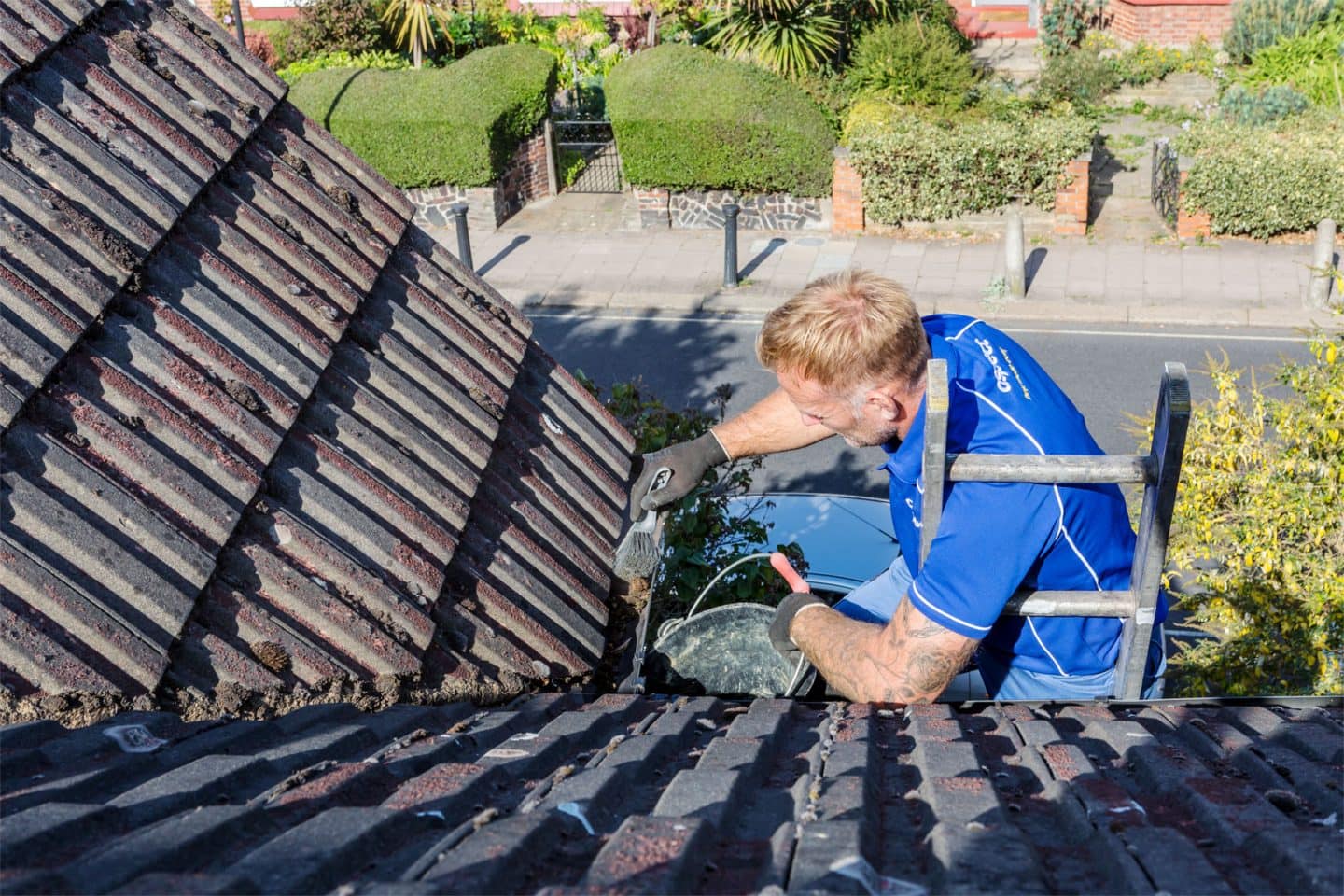
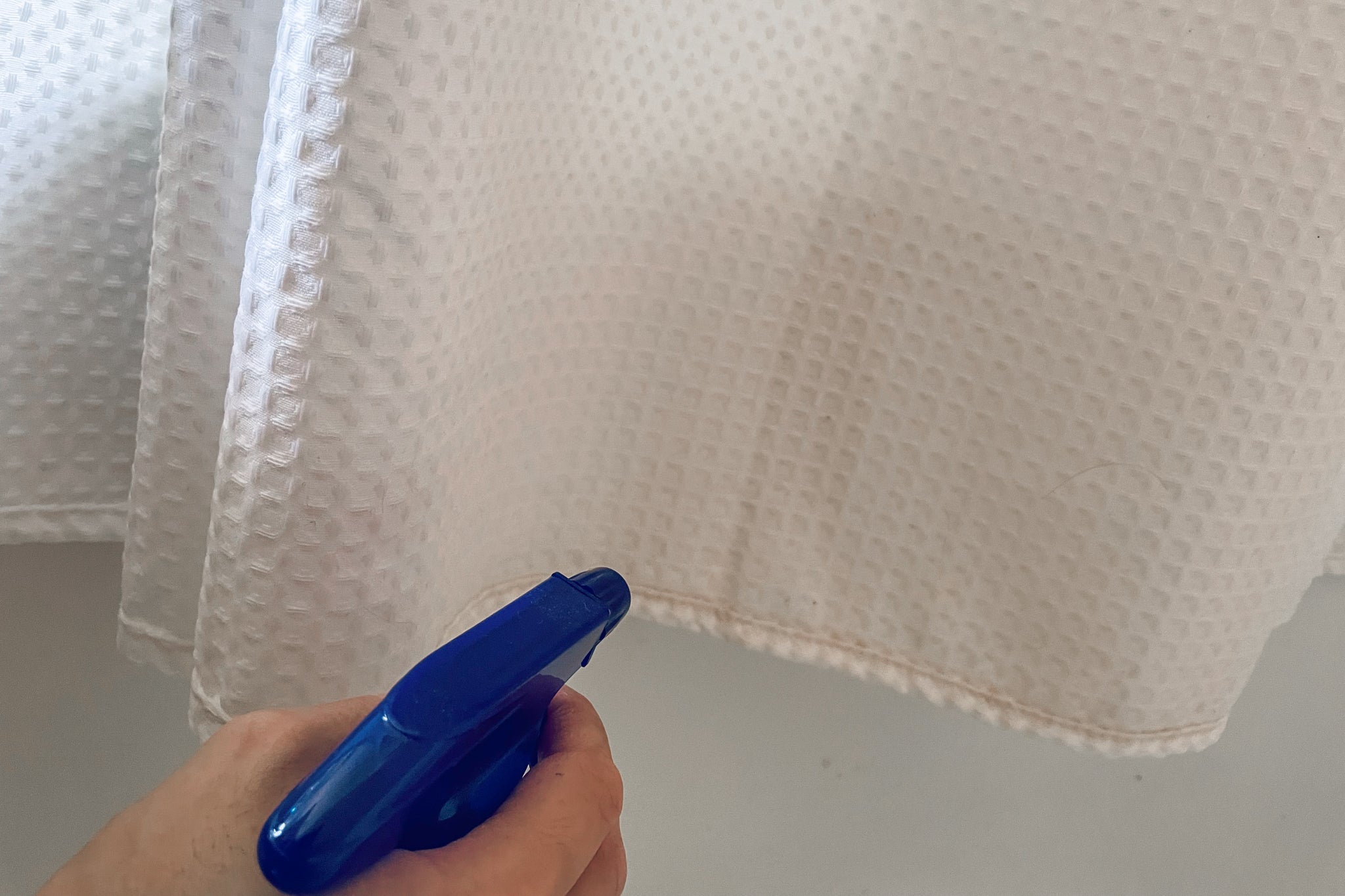
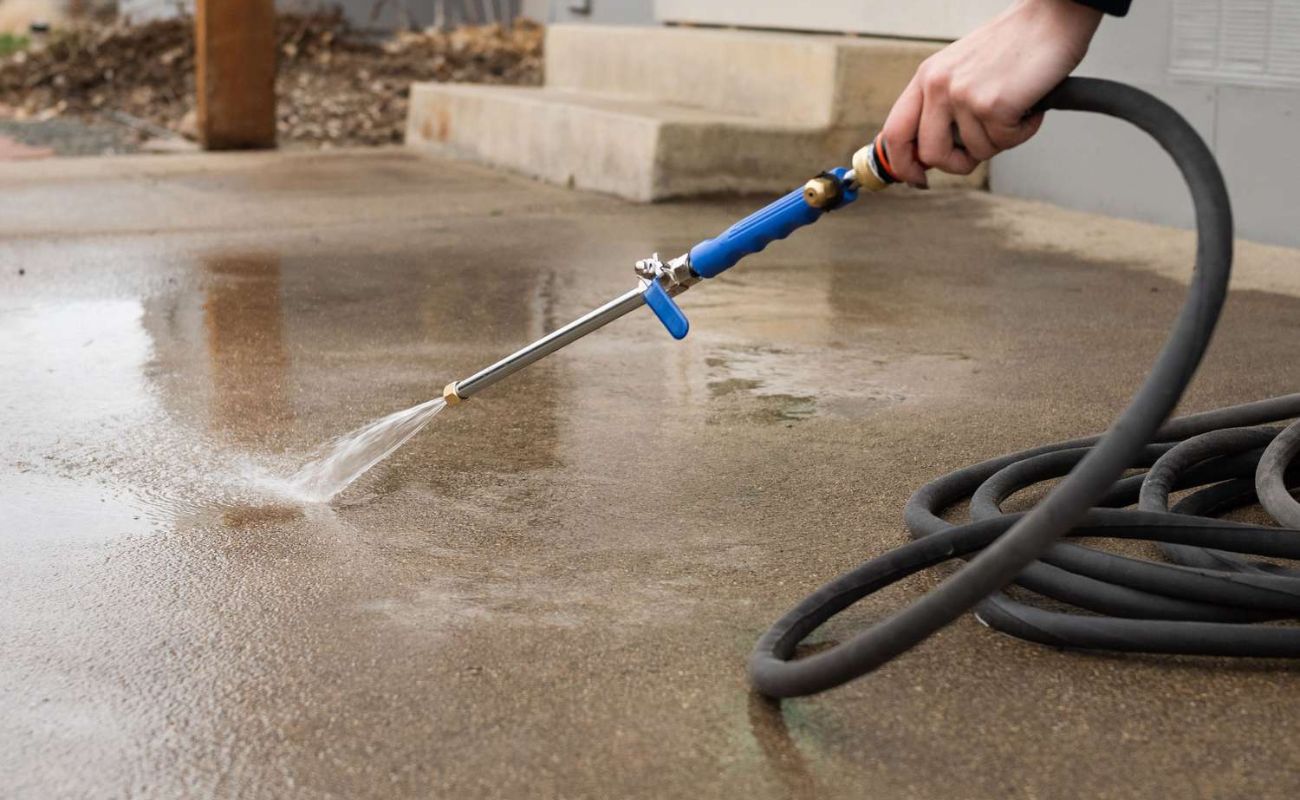
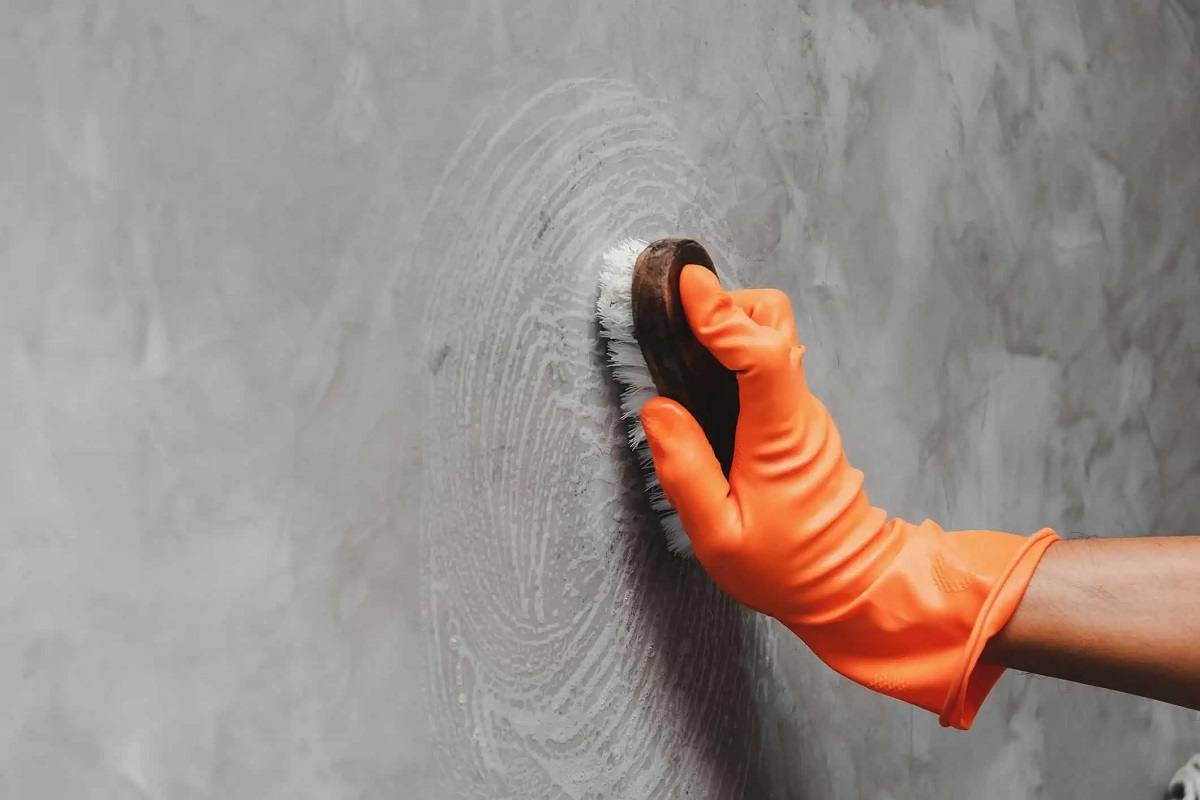

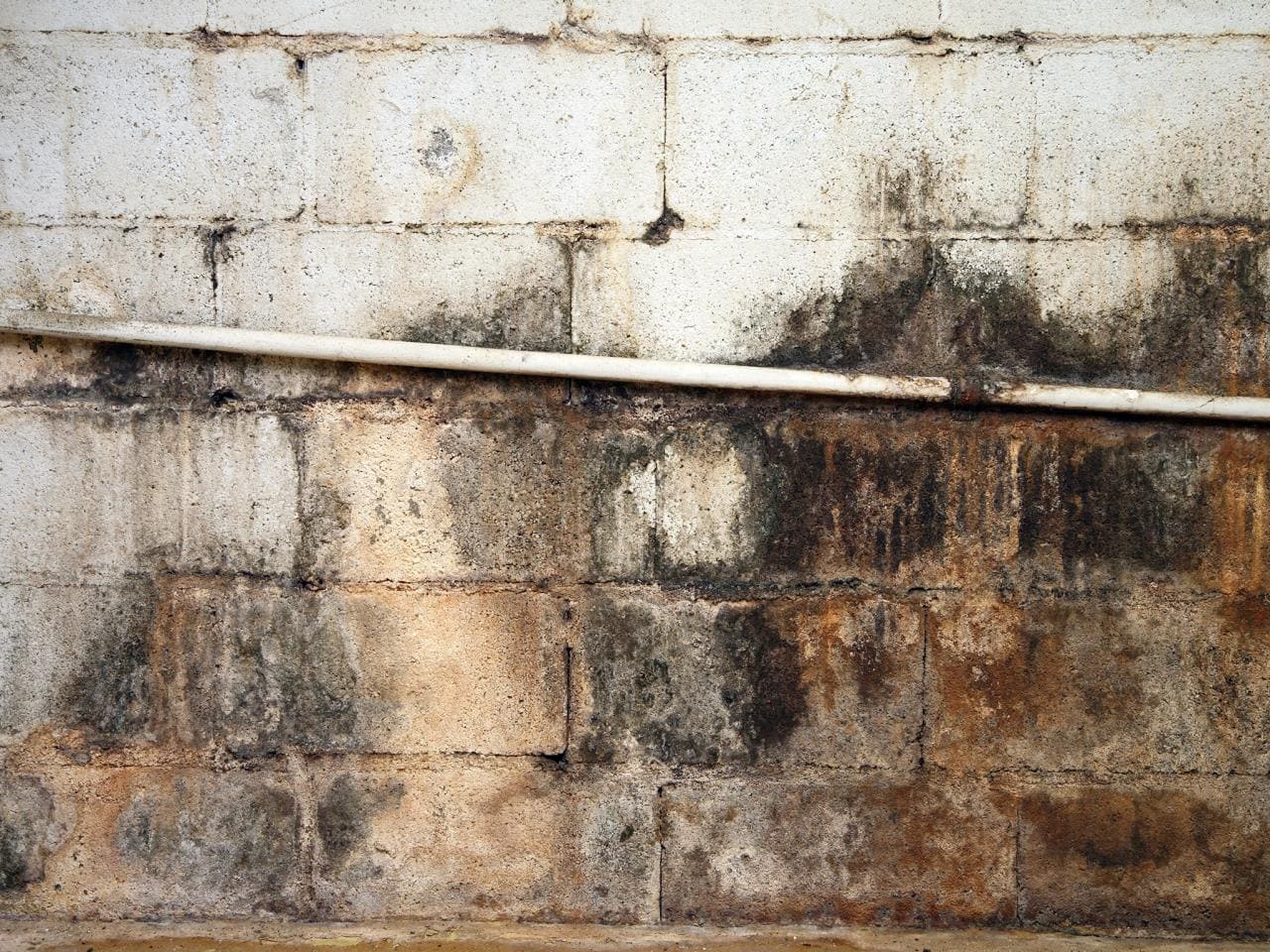
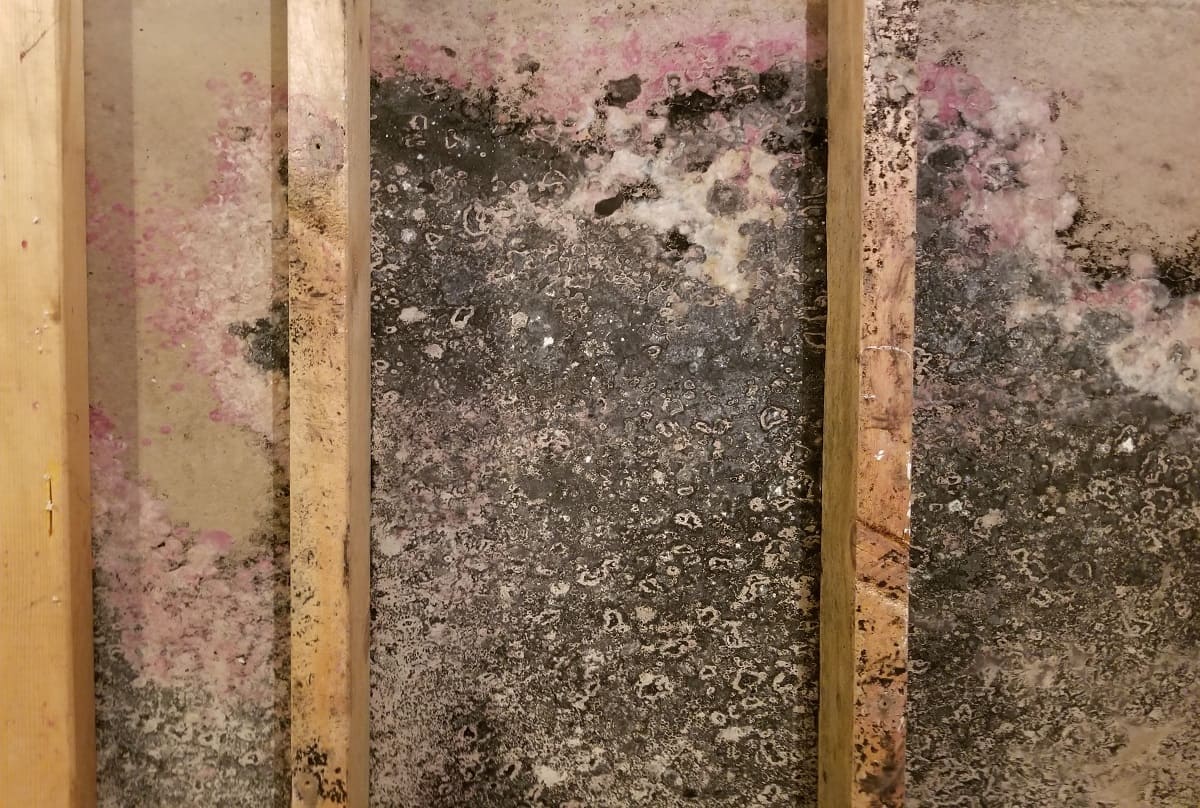
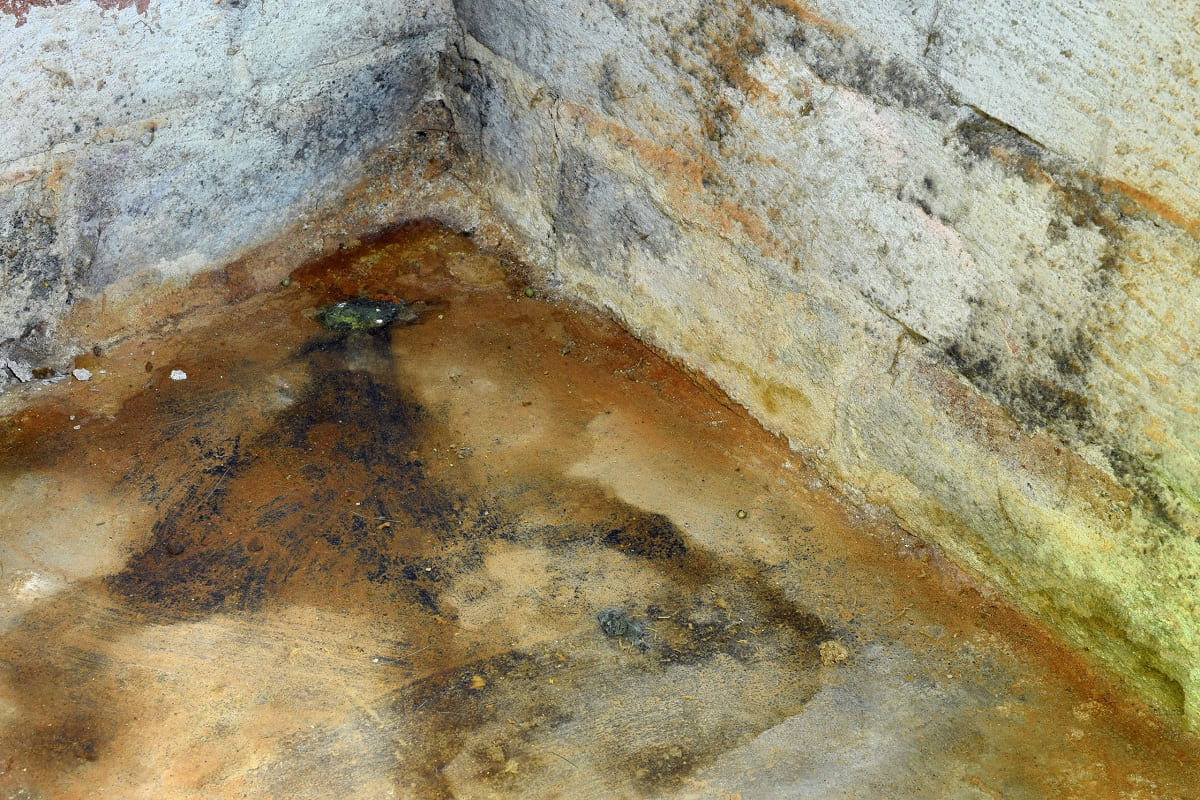
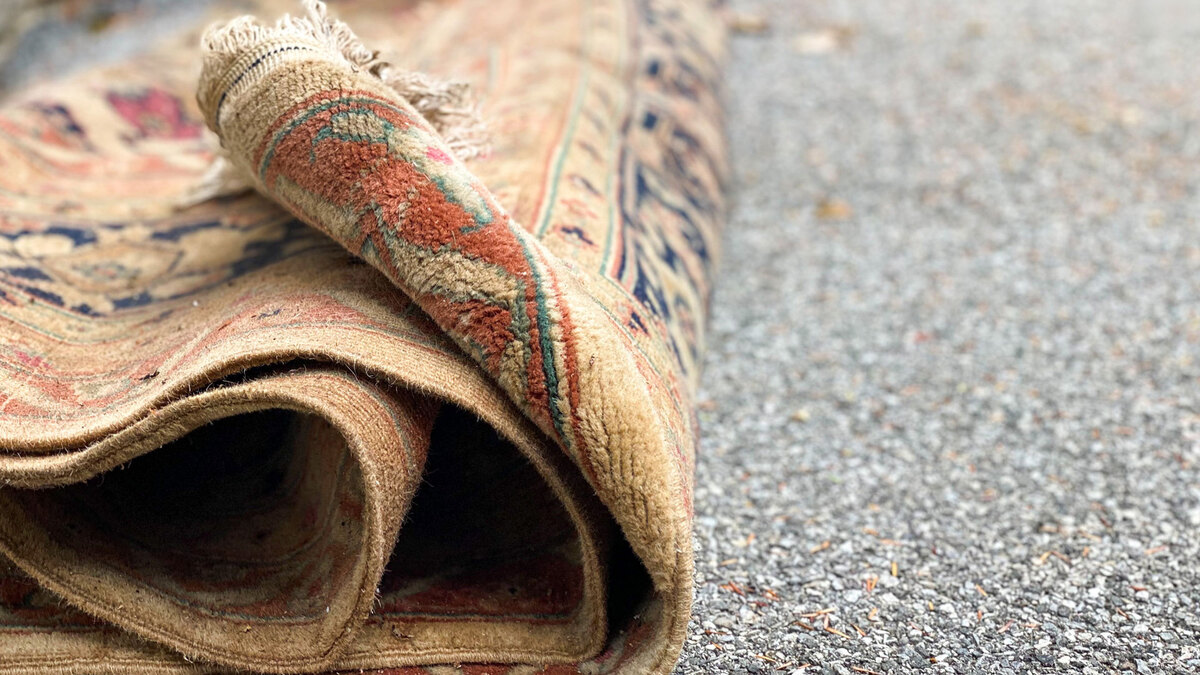
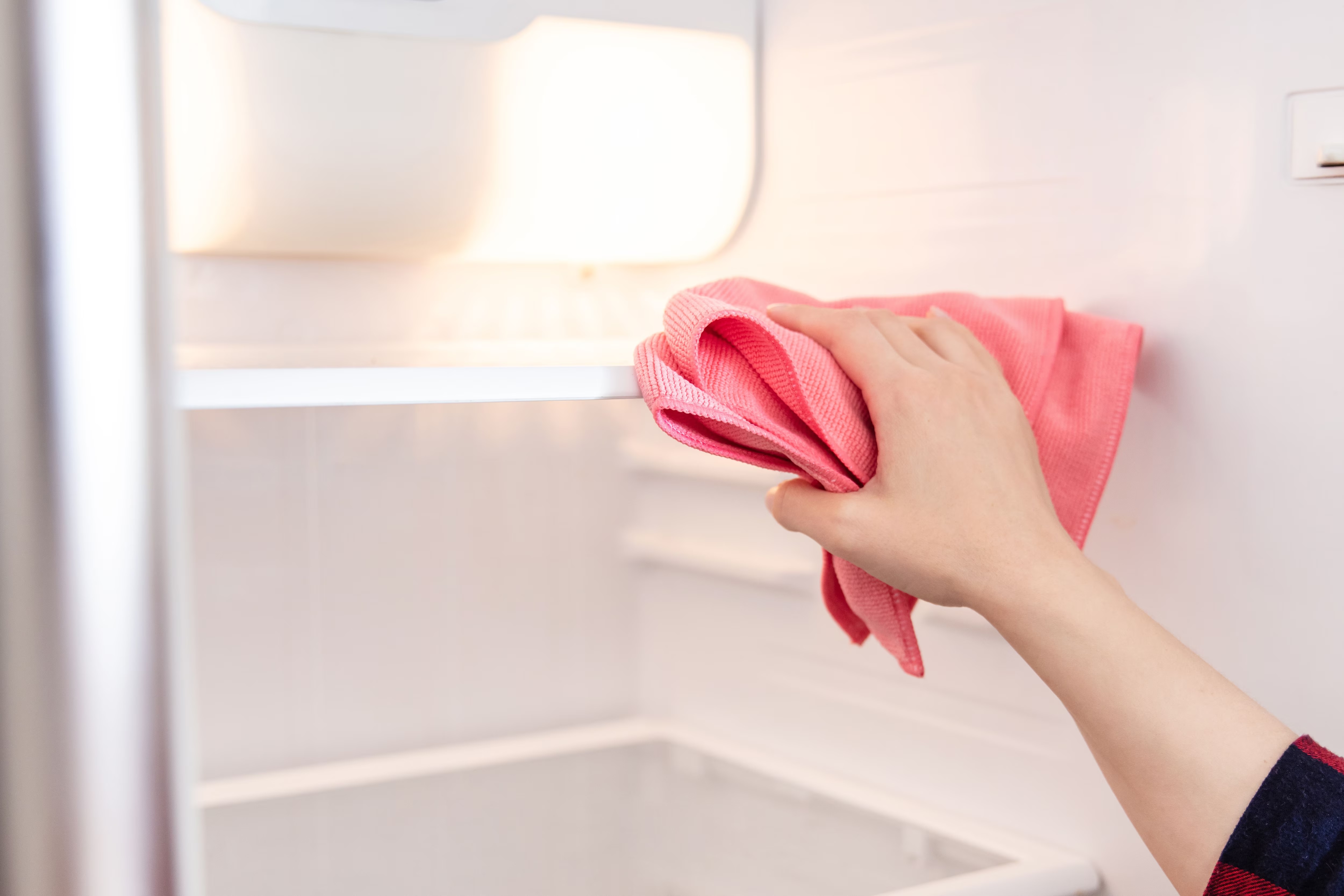
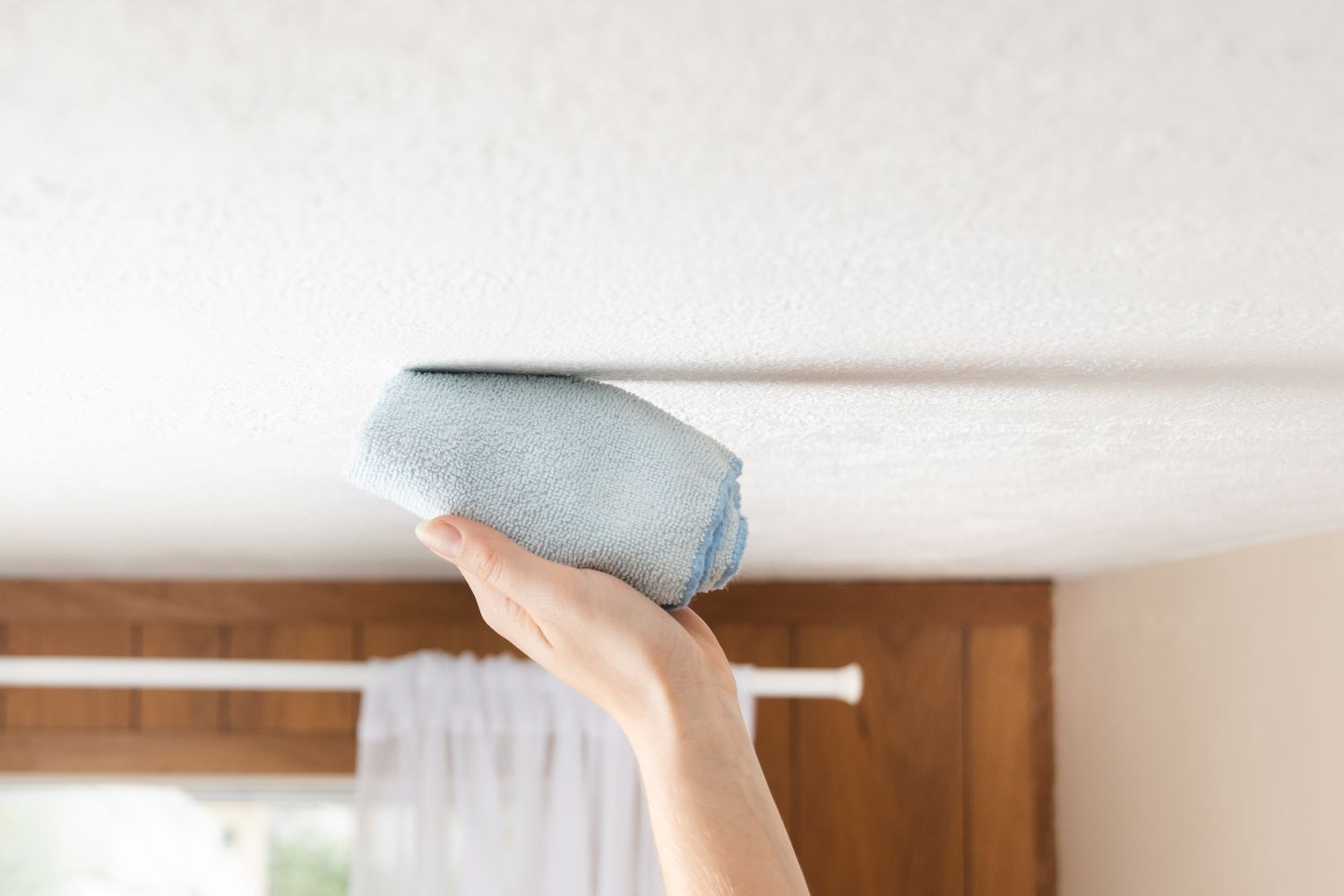
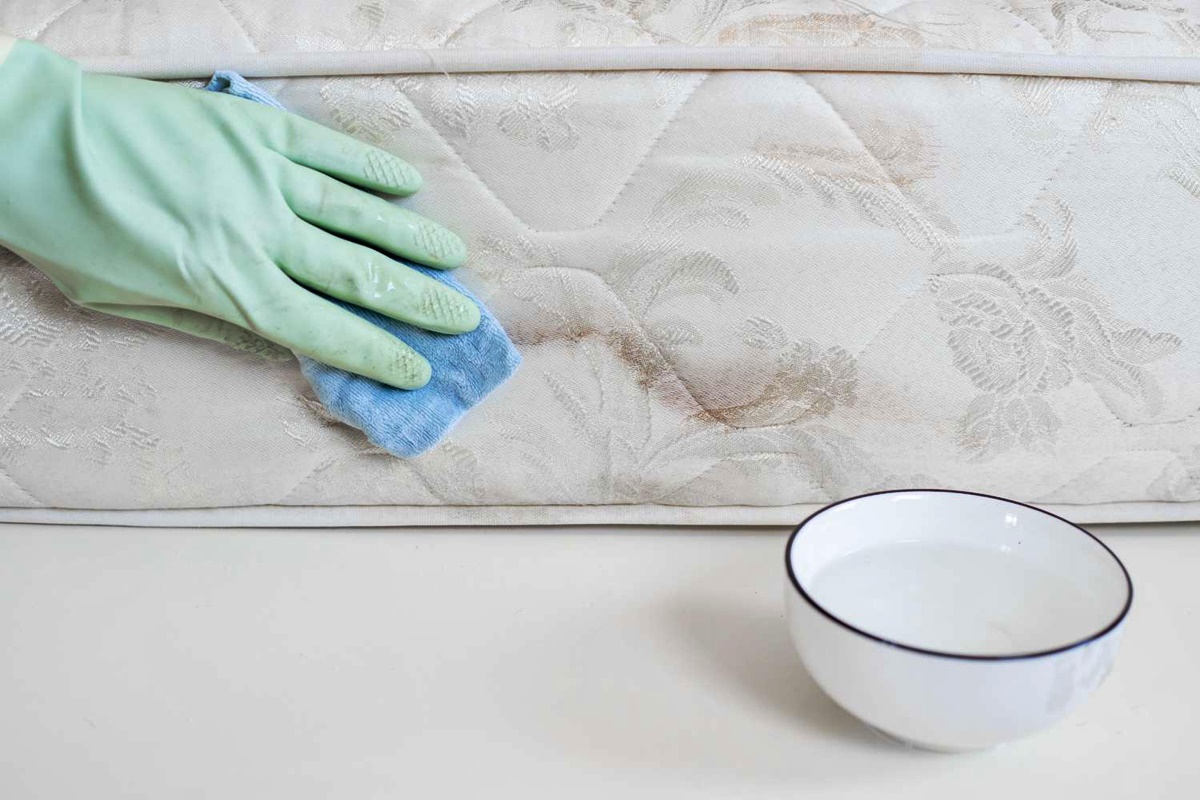
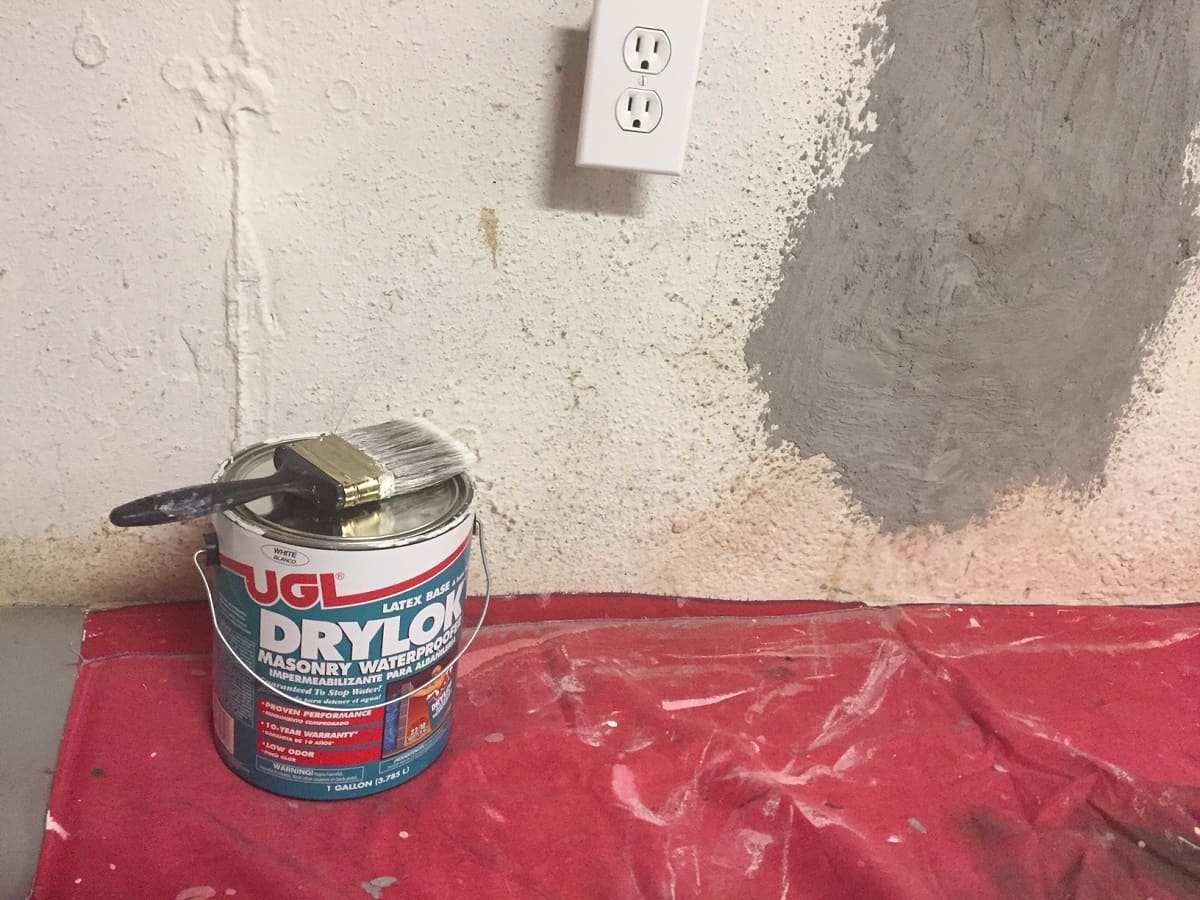


0 thoughts on “How To Clean Mold Off Basement Walls”